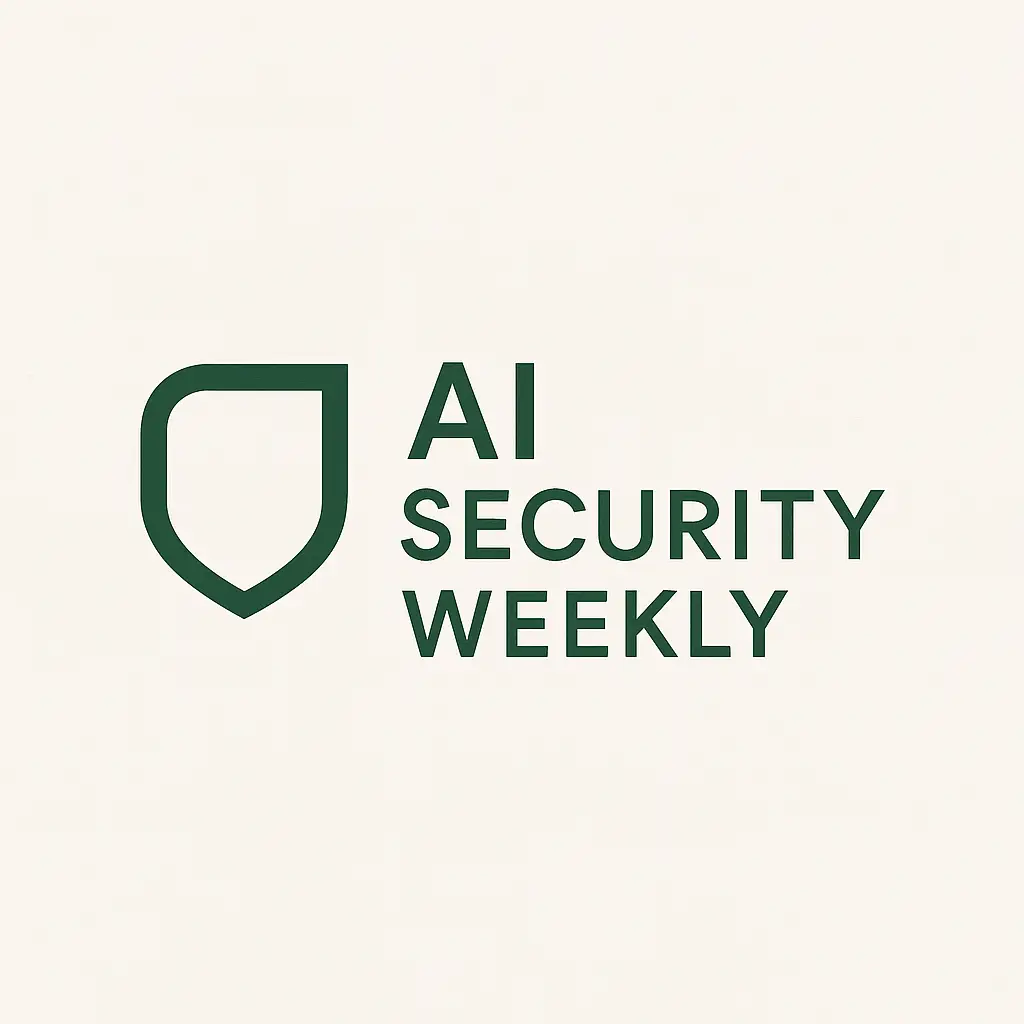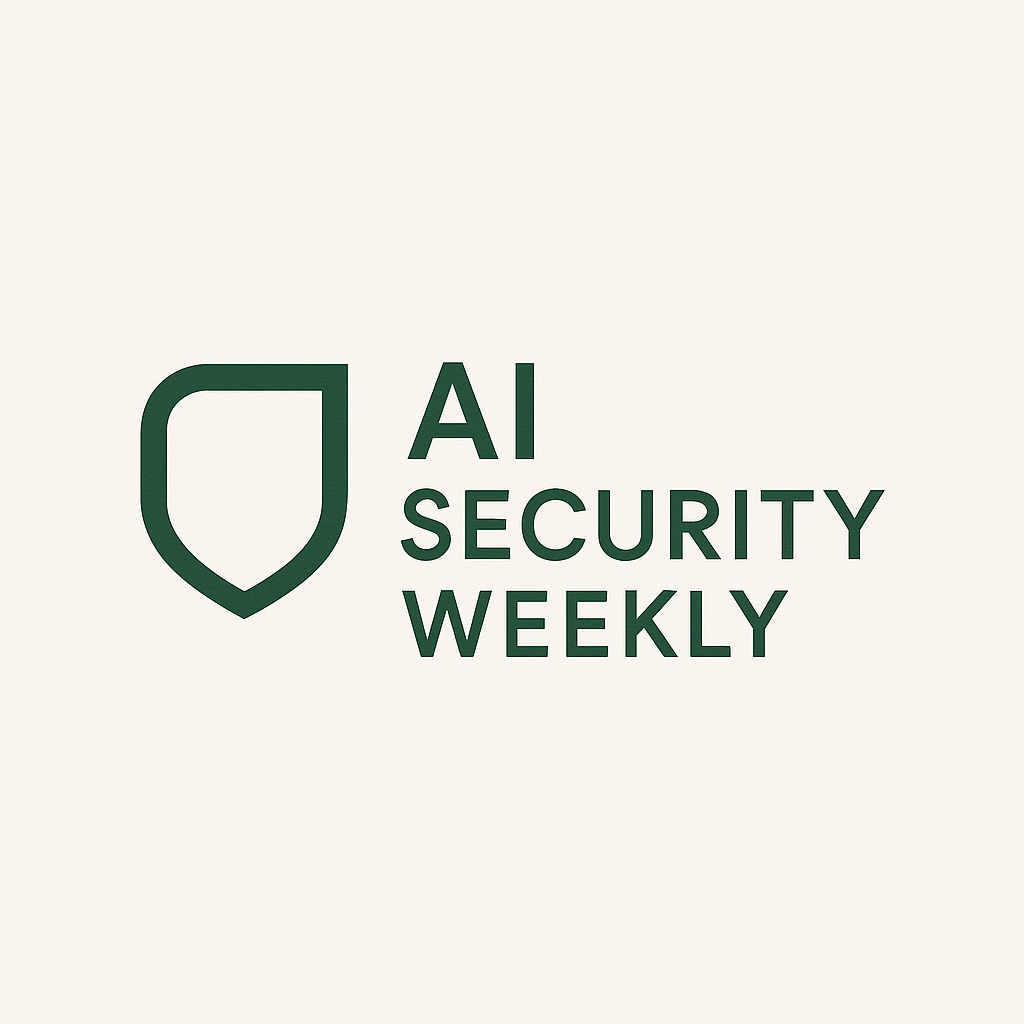Organizations face numerous hurdles in contemporary software development.
The sixth annual Reveal 2025 Top Software Development Challenges survey conducted by Infragistics highlights this reality. The report emphasizes that digital trust has emerged as the top priority for technology leaders in 2025, shifting the focus away from past issues related to AI integration and resource constraints. It reveals that businesses are now confronting the repercussions of swift digital transformation, including increased security risks, doubts about AI’s reliability, and a growing talent gap in specialized areas.
Notable survey findings indicate:
Security (51%), AI code reliability (45%), and data privacy (41%) are identified as the leading software development challenges for 2025.
73% of technology leaders intend to increase AI utilization within their organizations over the next year.
78% of technology leaders anticipate enhancing their focus on business intelligence in 2025.
“A primary challenge revealed in this year’s survey is AI code reliability, with 45% of participants listing it as a significant concern,” noted JJ McGuigan, Product Marketing Manager at Infragistics, in an interview with ITPro Today.
The Challenge of AI for Software Development
Despite the widespread integration of AI, 55% of technology leaders consider AI deployment their foremost business challenge.
McGuigan pointed out that organizations encounter unforeseen hurdles during AI deployment, even as adoption speeds up. A major obstacle is the challenge of integrating AI with existing infrastructures, often necessitating substantial modifications to legacy systems. Additionally, the need for quality data is crucial, as many AI models depend on expansive, clean datasets that organizations struggle to obtain or sustain.
“Our survey indicates that numerous CIOs and CTOs underestimated the challenges of AI deployment, realizing that mere adoption isn’t sufficient,” stated McGuigan.
Success rests on having a clear strategy. McGuigan explained that early adopters who hurriedly incorporated AI without a comprehensive plan are now facing disjointed systems, operational inefficiencies, and inconsistent outcomes. Successful implementations usually involve setting specific goals, investing in ongoing team education, and maintaining strong data governance frameworks.
Why Digital Trust Is a Top Challenge
The survey underscores the importance of digital trust, with security (51%) emerging as a leading challenge for 2025.
Modern software development faces sophisticated security threats, with attacks increasingly targeting vulnerabilities in code, cloud setups, and third-party components.
For instance, McGuigan referenced supply chain attacks, such as the SolarWinds breach, which precipitated widespread incidents impacting numerous organizations, including government entities, illustrating the danger of malicious coding.
Organizations are increasingly adopting proactive strategies that go beyond traditional cybersecurity methods, implementing security practices within their development lifecycle through DevSecOps.
Furthermore, they are employing AI-driven automated threat detection tools to identify and address potential risks in real-time, enhancing their capacity to swiftly counter emerging threats,” McGuigan added.
Skills Gap Continues to Grow
A significant concern affecting IT, including software development, is the challenge of recruiting individuals with appropriate skills.
One reason cybersecurity hiring is increasingly challenging is the widening gap of skilled professionals in the field. The Reveal report indicates that cybersecurity engineer positions rank as the third hardest technical roles to fill, highlighting the gravity of this talent deficit.
AI engineers have now become the most sought-after technical experts, with 28% of technology leaders reporting difficulties in filling these roles—almost double the demand for IT security engineers (16%) and cybersecurity engineers (13%). This marks a significant change from 2024 when software developers, data analysts, and web designers were the most difficult positions to fill.
“Unfortunately, AI is advancing faster than organizations can train and reskill their workforce in this evolving technology,” McGuigan observed. “Firms aiming for success need to adapt to the rising demand for AI engineers, invest in AI training and reskilling initiatives, and broaden their recruitment efforts.”




